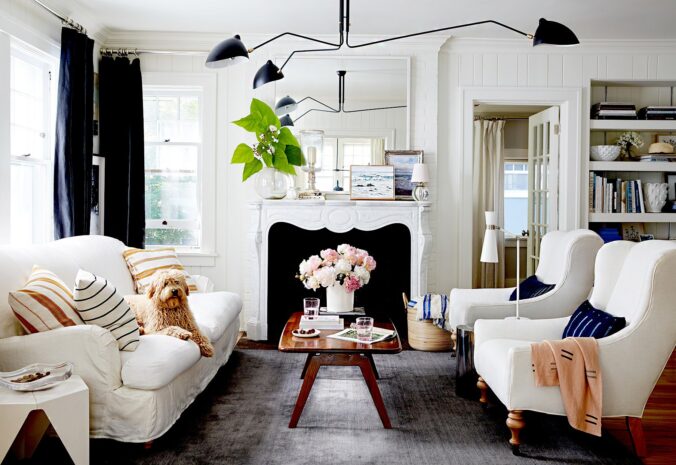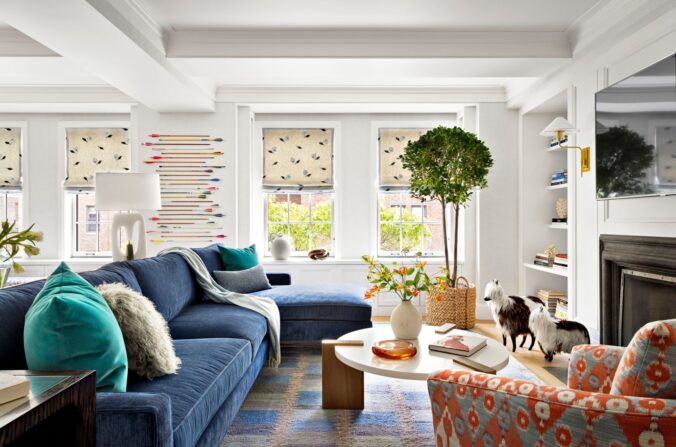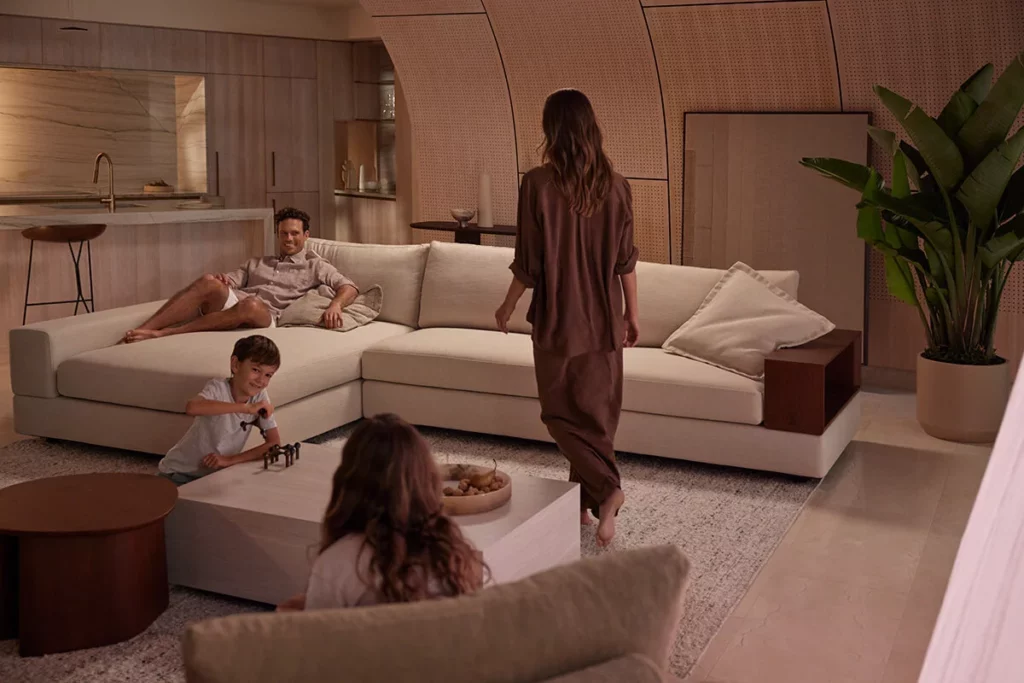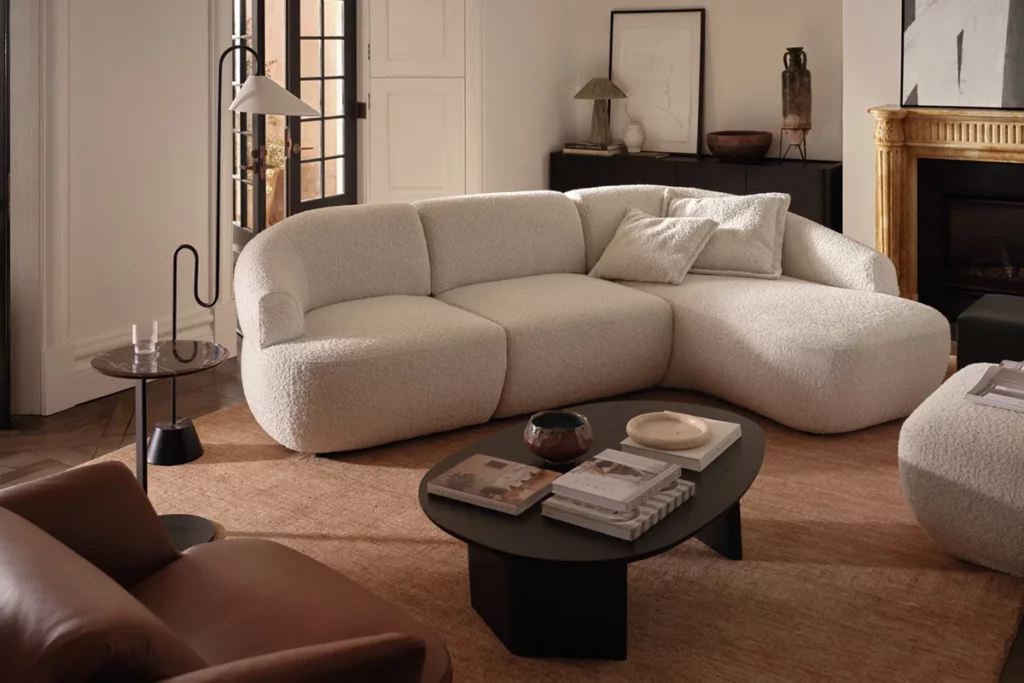Investing in durable furniture transforms your living space into a lasting sanctuary whilst protecting your budget from frequent replacements. Furniture warehouses offer an exceptional opportunity to discover quality pieces at competitive prices, combining immediate availability with diverse selection options that traditional retailers often cannot match.
The difference between home furniture outlet sydney that lasts decades and pieces that deteriorate within years lies in informed decision-making. Warehouses stock everything from solid timber classics to contemporary designs, yet not all items offer equal longevity. Understanding which characteristics signal durability helps shoppers avoid costly mistakes.
This guide shares expert tips specifically tailored for warehouse shopping environments. You’ll learn how to assess material quality, evaluate craftsmanship, and identify pieces that align with both your aesthetic vision and practical needs. Whether you’re furnishing your first home or upgrading existing pieces, these strategies ensure your selections remain functional and beautiful for years to come. Smart warehouse shopping means bringing home furniture that truly stands the test of time.
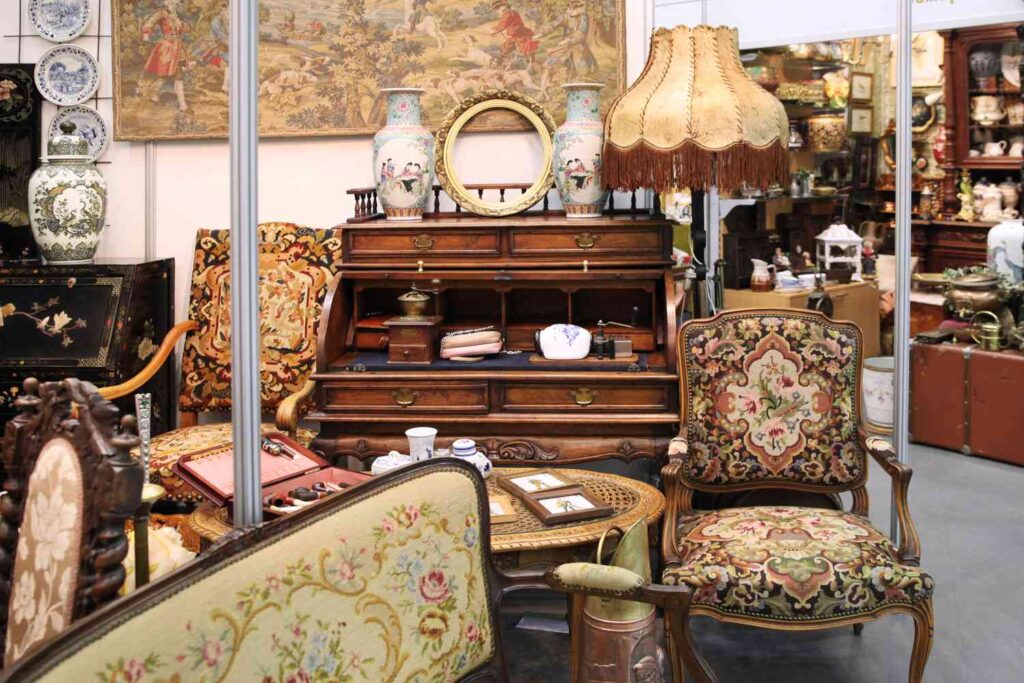
What Materials Should They Look For to Ensure Durability?
Solid timber furniture is the best choice for durability, lasting much longer than options like particleboard, MDF, and veneer. When looking at furniture in a warehouse, it’s clear that timber’s strength and ability to withstand daily use make it the smartest choice for those wanting their furniture to last.
The Benefits of Timber
Solid wood construction offers structural integrity that engineered materials simply cannot match. A timber dining table can withstand spills, scratches, and the weight of family gatherings for generations, whilst particleboard alternatives may begin deteriorating within five to ten years. The natural density of hardwoods like oak, walnut, and mahogany provides exceptional resistance to impacts and pressure.
Timber pieces also have excellent repair potential. Minor scratches can be sanded out, dents can be steamed, and surfaces can be refinished multiple times throughout the furniture’s lifetime. Cheaper materials lack this resilience—once damaged, they typically require complete replacement rather than simple restoration.
How Material Choice Affects Lifespan
The relationship between material selection and furniture longevity extends beyond initial durability. Durable materials influence how pieces age, maintain structural stability, and respond to environmental factors:
- Moisture resistance: Solid timber handles humidity fluctuations better than composite materials, which can swell, warp, or delaminate when exposed to moisture
- Joint strength: Quality hardwood accepts traditional joinery techniques like mortise-and-tenon or dovetail joints that create lasting connections
- Weight distribution: Dense materials support weight evenly across surfaces, preventing sagging or structural failure over time
- Surface resilience: Natural wood grains hide minor imperfections whilst maintaining aesthetic appeal through decades of use
Upholstered furniture demands equal scrutiny regarding frame construction. A sofa with a solid timber frame will maintain its shape and support long after pieces built with softwood or metal frames begin to creak and sag.
Identifying Quality Materials in Warehouse Settings
Warehouse environments present unique challenges for assessing material quality, yet several inspection techniques reveal true construction:
- Check exposed edges and joints: Quality solid timber furniture displays consistent grain patterns across all surfaces. Veneer pieces show thin layers of real wood over cheaper substrates.
- Tap on surfaces: Solid wood produces a rich sound while hollow or composite materials create a dull thud.
- Assess weight: Heavier pieces often indicate denser materials used in construction.
- Inspect upholstery: Look for high-quality fabrics or leathers that complement the frame’s durability.
By employing these methods during your search for durable furniture options at warehouses or showrooms alike will ensure you make informed decisions about investments meant to last generations!
How Can Measuring Their Space Improve Furniture Selection?
Accurate measuring space transforms furniture shopping from guesswork into strategic planning. Taking precise measurements of room dimensions, doorways, and existing furniture prevents costly mistakes and ensures every piece serves its intended purpose without overwhelming or underwhelming the available area.
The Foundation of Smart Furniture Choices
Proper measurements create a blueprint for success. Before visiting any furniture warehouse, shoppers should record:
- Room length, width, and ceiling height
- Doorway and hallway widths for delivery access
- Window positions and radiator locations
- Existing furniture dimensions that will remain
These numbers become the framework for evaluating potential purchases. A stunning wardrobe loses its appeal when it blocks a radiator or prevents doors from opening fully.
Achieving Optimal Furniture Fit
The relationship between furniture size and room layout directly impacts daily living quality. Pieces that match room dimensions create natural traffic flow whilst maintaining visual balance. A sofa that’s too large for a lounge forces awkward navigation patterns, whilst undersized furniture makes spaces feel empty and disconnected.
Scale matters beyond mere fitting. A dining table should allow comfortable chair movement without scraping walls. Beds require adequate clearance on at least two sides for making bedding and accessing storage. Coffee tables work best when positioned 45-50cm from seating, creating functional reach without obstructing movement.
Common Spatial Mistakes and Their Solutions
Many warehouse shoppers fall victim to preventable errors that compromise their purchases:
Ignoring vertical space leads to missed opportunities. Tall ceilings accommodate statement pieces like four-poster beds or floor-to-ceiling bookcases, whilst low ceilings benefit from horizontal furniture that emphasizes width rather than height.
Forgetting about access routes creates delivery nightmares. Measure staircases, lifts, and tight corners. That perfect sectional sofa becomes problematic when it cannot physically enter the home, regardless of how well it fits the intended room.
Misjudging visual weight occurs when measurements focus solely on physical dimensions. Dark, heavy furniture appears larger than light-coloured pieces of identical size. Dense patterns and bold textures also affect perceived scale.
Neglecting clearance zones around functional furniture reduces usability.
Why Is Style Compatibility Crucial for Long-Term Satisfaction?
Style compatibility determines whether furniture remains a beloved part of your home or becomes a regrettable purchase within months. When new pieces clash with existing decor, they create visual discord that grows more irritating over time, regardless of how well-made they are.
Creating Visual Harmony Through Complementary Design
Furniture that complements your current interior creates a cohesive environment where each piece enhances the others. A mid-century modern sofa placed in a traditional Victorian setting will always feel out of place, no matter its quality. Expert tips for choosing long-lasting pieces from a furniture warehouse emphasize examining how potential purchases relate to your existing furniture’s lines, proportions, and design language.
Consider these style compatibility factors:
- Architectural details – Match furniture to your home’s inherent character, whether contemporary, rustic, or classic
- Existing focal points – New pieces should support, not compete with, statement items already in the room
- Design era consistency – Mixing periods works when done intentionally, but random combinations create chaos
- Material relationships – Wood tones, metal finishes, and fabric textures should coordinate across pieces
The Long-Term Impact of Colour Scheme Decisions
Colour choices profoundly affect furniture longevity in your home. Trendy hues like millennial pink or ultra-violet may feel fresh initially but quickly date themselves. Neutral foundations—charcoal, navy, cream, taupe—provide versatility that adapts as your tastes evolve.
Strategic colour layering allows personality without commitment. A neutral sofa accepts seasonal cushion changes, whilst a bright orange sectional demands the entire room revolve around it. This flexibility matters when shopping at furniture warehouses where immediate decisions are necessary.
Timeless Shapes That Transcend Trends
Furniture aesthetics rely heavily on silhouette. Clean-lined pieces with classic proportions remain relevant across decades, whilst overly ornate or aggressively modern designs often feel dated within years. Look for:
- Balanced proportions that suit human scale
- Simple detailing rather than excessive embellishment
- Functional forms where design serves purpose
- Versatile profiles
What Storage Features Should They Consider When Buying from a Warehouse?
Storage options transform ordinary furniture into hardworking pieces that serve multiple purposes. When browsing warehouse selections, prioritising furniture with built-in storage capabilities ensures each piece earns its place in the home whilst maximising available space.
Evaluating Multifunctional Furniture
Multifunctional furniture delivers exceptional value by addressing multiple needs through a single purchase. Ottoman beds with hydraulic lift mechanisms reveal cavernous storage compartments beneath the mattress—ideal for seasonal bedding, spare pillows, or out-of-season clothing. Coffee tables featuring drawers or lift-top designs provide concealed storage for remote controls, magazines, and entertainment accessories.
Dining tables with extension leaves and built-in storage compartments accommodate both everyday meals and larger gatherings. Some designs include hidden drawers for storing table linens, cutlery, or serving pieces, keeping dining essentials close at hand without cluttering the space.
Maximizing Organization Through Smart Features
Organization becomes effortless when furniture includes thoughtful storage elements. Wardrobes with adjustable shelving, hanging rails, and shoe racks adapt to changing storage needs over the years. Sideboards with a combination of open shelving and closed cabinets allow for both display and concealment, creating visual interest whilst hiding everyday clutter.
Bedroom furniture sets that include matching storage pieces—such as bedside tables with drawers, under-bed storage boxes, or blanket boxes—create cohesive organization systems. This coordinated approach ensures every item has a designated home
How Do Sustainable Choices Influence Their Furniture Buying Decisions?
Sustainable furniture choices directly impact both environmental health and household budgets. Secondhand warehouses offer pieces that have already served their initial purpose, preventing perfectly functional items from ending up in landfills whilst giving shoppers access to quality furniture at reduced prices.
The Environmental Benefits of Choosing Pre-Owned Furniture
The environmental case for choosing pre-owned furniture proves compelling. Manufacturing new furniture requires substantial resources—timber harvesting, metal extraction, chemical treatments, and energy-intensive production processes. Each secondhand purchase eliminates the need for these resource-depleting activities. A solid wood dresser from a warehouse, for instance, carries no additional carbon footprint from manufacturing, packaging, or long-distance shipping that new furniture demands.
Secondhand warehouses serve as treasure troves of eco-friendly options that challenge the throwaway culture dominating modern consumption. These establishments rescue furniture from disposal, extending the lifecycle of well-crafted pieces that were built to last decades rather than years. The circular economy model they represent keeps materials in use longer, reducing demand for virgin resources and minimizing waste streams.
Cost Savings: Making Sustainability Accessible
Cost savings make sustainability accessible rather than exclusive. Pre-owned solid timber pieces often sell for 40-60% less than comparable new items, allowing budget-conscious shoppers to afford higher-quality materials they might otherwise bypass. A vintage oak dining table from a warehouse typically costs less than a new particleboard alternative, yet delivers superior durability and timeless appeal.
Quality Craftsmanship: The Advantage of Older Furniture
Quality standards in older furniture frequently surpass contemporary mass-produced items. Many secondhand pieces were constructed during eras when craftsmanship and material integrity took precedence over cost-cutting measures. Dovetail joints, solid wood construction, and hand-finished details characterize furniture from previous decades—features increasingly rare in today’s flat-pack market.
Supporting Local Communities through Secondhand Purchases
The sustainability equation extends beyond individual purchases. Supporting secondhand warehouses strengthens local reuse infrastructure, creating jobs in refurbishment, restoration, and retail whilst keeping money circulating within communities. These businesses often partner with charities, house clearance services, and estate sales to divert furniture from waste facilities.
Health Benefits: Reducing Chemical Exposure
Shoppers concerned about chemical exposure find additional benefits in pre-owned furniture. Volatile organic compounds (VOCs) from adhesives, finishes, and treatments have typically off-gassed from older pieces, creating healthier indoor environments compared to new furnishings that may emit harmful chemicals.
What Unique Qualities Can Secondhand Warehouses Offer in Terms of Craftsmanship?
Secondhand warehouses showcase furniture built during eras when unique craftsmanship was the standard, not the exception. These pieces often feature hand-carved details, dovetail joints, and solid construction techniques that modern mass-produced items rarely replicate. The attention to detail in vintage and antique furniture reveals the skill of artisans who prioritised quality over speed.
Retro pieces from mid-century periods frequently display superior joinery methods and premium materials that have already proven their durability through decades of use. A 1960s teak sideboard or a Victorian oak dresser demonstrates construction standards that many contemporary manufacturers have abandoned in favour of cost-cutting measures. These items have survived multiple house moves, different climates, and daily use whilst maintaining their structural integrity.
Distinctive Design Elements Worth Seeking
When exploring secondhand warehouses, shoppers discover furniture with character that cannot be replicated:
- Hand-turned legs on tables and chairs that show individual variation
- Inlaid wood patterns created through painstaking manual labour
- Original hardware such as brass handles and hinges built to last generations
- Solid wood construction throughout, rather than veneered particleboard
- Mortise and tenon joints that strengthen with age rather than loosening
The investment in well-crafted furniture pays dividends through extended lifespan. A solidly built chest of drawers from the 1950s often outlasts five modern equivalents, making the initial purchase cost negligible when calculated per year of use. Expert tips for choosing long-lasting pieces from a furniture warehouse emphasise examining construction quality above superficial aesthetics.
Recognising Quality Craftsmanship
Inspecting joinery reveals much about a piece’s longevity potential. Pull out drawers to check for dovetail joints rather than stapled corners. Examine table legs for proper attachment methods—screwed or doweled connections indicate thoughtful construction. Solid wood components feel substantial and show natural grain patterns throughout, whilst cheaper alternatives display repetitive printed patterns or hollow sounds when tapped.
Recognising these signs is crucial as they often indicate the item’s value and longevity potential. For an in-depth understanding of how to assess such qualities, refer to this comprehensive guide on recognizing and valuing vintage furniture.
Antique furniture often features repairable construction, allowing future generations to restore rather than replace
Why Is Immediate Availability an Advantage When Purchasing from Furniture Warehouses?
Immediate availability transforms the furniture buying experience by eliminating the frustrating wait times common with traditional retailers. Furniture warehouses maintain extensive ready stock furniture on-site, allowing customers to walk in, select their pieces, and take them home the same day.
This instant gratification proves invaluable for those facing urgent furnishing needs. New homeowners moving into unfurnished properties, tenants with sudden relocation requirements, or individuals replacing damaged furniture cannot always afford to wait weeks for delivery. Warehouse shopping addresses these time-sensitive situations by providing solutions on the spot, unlike traditional retailers who often leave customers in a lurch with backordered items.
The Practical Benefits of No Delivery Delays
No delivery delays means complete control over the purchasing timeline. Customers avoid the uncertainty of delivery windows, missed appointments, and rescheduling headaches. The ability to transport furniture immediately also reduces the risk of damage during transit, as buyers can personally oversee the loading and unloading process.
Warehouses typically offer:
- Same-day collection services
- Assistance with loading larger items
- Immediate payment and ownership transfer
- Flexibility to inspect pieces thoroughly before purchase
Cost Savings Through Self-Collection
Choosing ready stock furniture with immediate pickup often eliminates delivery fees entirely. These charges can add £50-£200 to a purchase, depending on distance and item size. Self-collection puts that money back in the customer’s pocket or allows for investment in additional pieces.
Moreover, it’s essential to understand that once a transaction is completed in a warehouse setting, it usually follows the guidelines outlined in legal frameworks such as NRS 104, ensuring smooth ownership transfer and reducing post-purchase complications.
The warehouse model also enables spontaneous purchasing decisions. Shoppers can browse without pressure, make confident choices based on physical inspection, and leave with their selections within hours. This hands-on approach particularly suits those who prefer tactile evaluation of materials, construction quality, and finish before committing to a purchase.
How Does Buying Locally Benefit Both Shoppers and Communities?
Purchasing from local furniture warehouses creates a direct economic impact that strengthens your neighbourhood. Every pound spent at a nearby warehouse circulates within the community, funding local wages, supporting regional suppliers, and generating tax revenue that maintains public services. This community reinvestment creates a multiplier effect where your furniture purchase contributes to better schools, improved infrastructure, and enhanced local amenities.
Local warehouses employ residents from your area, providing stable jobs that keep families financially secure. When you support local economy through these purchases, you’re helping maintain employment opportunities that might otherwise disappear to online retailers or distant chain stores. These jobs often include skilled craftspeople, delivery drivers, customer service staff, and warehouse managers who live and spend within your community.
The environmental advantages of buying locally extend beyond the furniture itself. Shorter transportation distances mean reduced carbon emissions compared to items shipped from distant locations or overseas manufacturers. Local warehouses typically source their inventory regionally, creating a more sustainable supply chain that benefits both the environment and nearby businesses.
Personal relationships form another valuable aspect of local shopping. Staff at neighbourhood warehouses develop expertise about their inventory and can offer tailored advice based on genuine product knowledge. They remember repeat customers, understand local housing styles, and provide after-sales support that distant retailers cannot match.
Local furniture warehouses often participate in community events, sponsor local initiatives, and contribute to charitable causes within their operating area. Your purchase helps fund these community-building activities, creating social value that extends far beyond the transaction itself. These businesses have vested interests in maintaining their reputation among neighbours, ensuring higher standards of customer service and product quality.
Can Some Warehouse Pieces Be Customized Through DIY Projects?
Yes, many warehouse furniture pieces serve as excellent foundations for DIY customization projects. Solid timber furniture from warehouses offers the perfect canvas for creative transformation, allowing buyers to refresh dated pieces or adapt them to match evolving interior styles without compromising their structural integrity.
The DIY potential of warehouse finds extends far beyond simple aesthetic updates. Well-constructed pieces made from quality materials can withstand multiple refinishing projects throughout their lifetime. A sturdy wooden dresser purchased at a fraction of retail price becomes an investment piece when personalised to reflect individual taste.
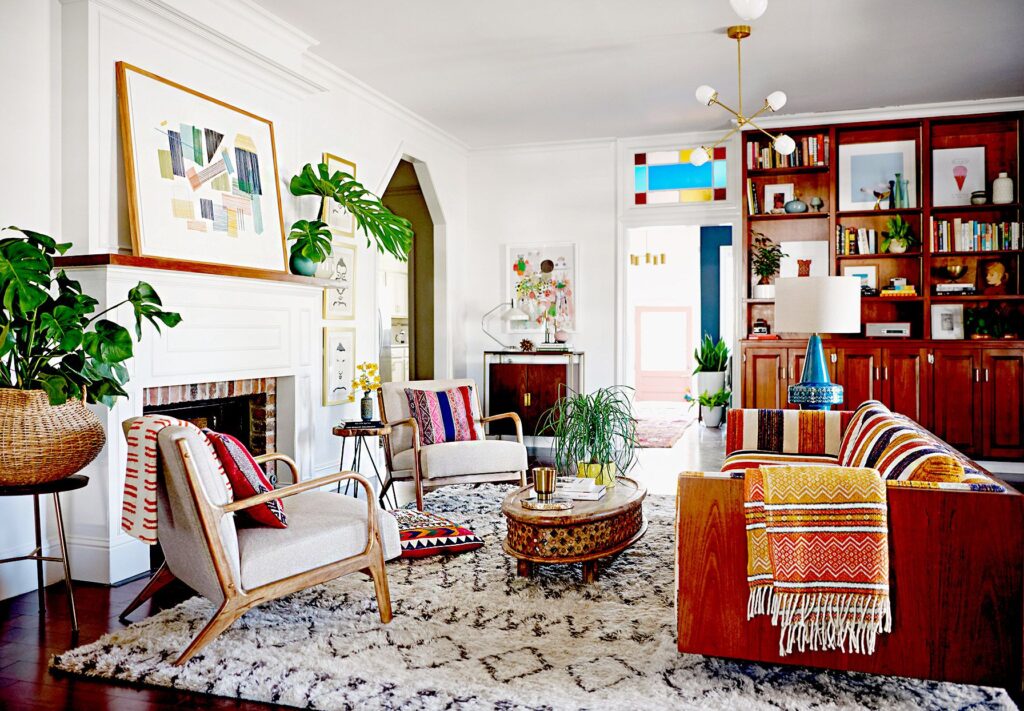
Simple Techniques for Transforming Warehouse Finds
Repainting furniture ranks among the most accessible customisation methods. A fresh coat of paint can completely revitalize a solid wood piece, transforming it from outdated to contemporary. Chalk paint, in particular, requires minimal surface preparation and adheres beautifully to most wooden surfaces. Shoppers can experiment with bold colours, subtle neutrals, or even decorative techniques like distressing or stenciling.
Reupholstering projects breathe new life into chairs, ottomans, and headboards found in warehouse settings. Vintage pieces often feature superior frame construction compared to modern alternatives, making them ideal candidates for fabric updates. Basic upholstery skills can be learned through online tutorials, whilst more complex projects might justify professional assistance given the quality of the underlying piece.
Practical Considerations for DIY Success
Before committing to a warehouse piece for customisation, assess its structural soundness. Check for:
- Stable joints and secure connections
- Minimal water damage or wood rot
- Smooth surfaces suitable for refinishing
- Quality hardware that functions properly
These expert tips for choosing long-lasting pieces from a furniture warehouse ensure DIY efforts enhance rather than mask fundamental flaws. A well-chosen piece with good bones will reward creative investment with decades of continued service.
Conclusion
Choosing furniture that lasts requires a balanced approach. Durability is the most important factor in any smart purchase, but it should also go hand-in-hand with style compatibility, sustainable practices, and functional design. The expert tips for choosing long-lasting pieces from a furniture warehouse shared throughout this guide empower you to make informed decisions that serve both your immediate needs and long-term satisfaction.
Quality materials like solid timber, accurate spatial planning, and thoughtful consideration of storage features transform ordinary purchases into lasting investments. Whether you’re drawn to secondhand treasures with unique craftsmanship or new pieces that complement your existing décor, each choice contributes to creating a home that reflects your values and aesthetic vision.
Ready to find furniture that lasts? Visit your local furniture warehouse today and apply these expert strategies. Measure your space, inspect materials carefully, and don’t hesitate to envision how a piece might evolve through simple DIY updates. Your perfect, long-lasting furniture awaits.
Related : Clever Modular Sofa Ideas to Customise and Refresh Your Living Room
FAQ’s on Choosing Long-Lasting Pieces
Opt for solid timber such as oak, walnut, or mahogany, which provides superior durability compared to particleboard, MDF, or veneer. Solid wood resists wear, can be refinished multiple times, and features natural strength and density that withstands daily use for decades.
Use your senses—tap the surface to hear if it’s solid or hollow, check grain patterns for consistency (solid wood vs veneer), and lift the item to assess weight (heavier is usually better). Examine exposed joints and look for quality joinery such as dovetails or mortise-and-tenon construction.
Accurate measurements prevent buying pieces that are too large, too small, or difficult to move into your space. Measure room dimensions, doorways, hallways, window placements, and account for traffic flow and clearance zones. This ensures both comfort and practicality.
Choose upholstered furniture with solid hardwood frames—they hold their shape, resist warping, and remain supportive long after cheaper metal or softwood frames begin sagging. Avoid frames made from plastic or particleboard, which degrade quickly under pressure.
Stick with timeless silhouettes and neutral tones that can evolve with your décor. Evaluate how a piece complements your home’s architecture, existing colour scheme, and furniture styles. Avoid trend-driven designs unless you’re confident in reworking the piece later.
Look for multi-functional furniture with hidden or integrated storage—lift-top coffee tables, ottoman beds, sideboards with shelving, or bed frames with under-bed drawers. These features reduce clutter and increase utility without requiring additional storage units.
Yes. Secondhand furniture often boasts superior craftsmanship, durable materials, and unique design features. Many vintage items are made from solid wood and feature joinery that surpasses today’s mass-market alternatives. They’re also more sustainable and often cost less
Local warehouses offer immediate availability, lower prices, and stronger ties to the community. You can often inspect pieces in person, avoid long delivery waits, and support local jobs and sustainability through shorter transportation distances and reused stock.
Absolutely. Solid timber pieces from warehouses are ideal for painting, refinishing, or reupholstering. Ensure the piece has “good bones” (solid structure and joinery) before investing time in customisation. DIY updates can turn budget finds into personalised heirlooms.
Sustainable choices—like buying pre-owned furniture or choosing locally-made, durable items—reduce waste, save money, and lower your home’s environmental impact. Older pieces often emit fewer VOCs and support a circular economy by extending furniture life cycles.
